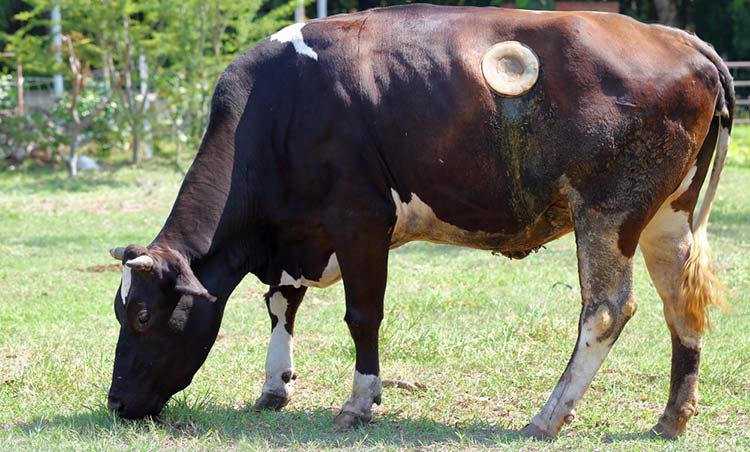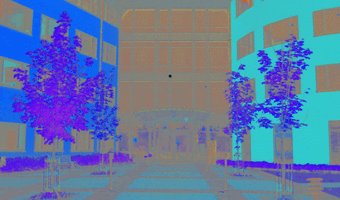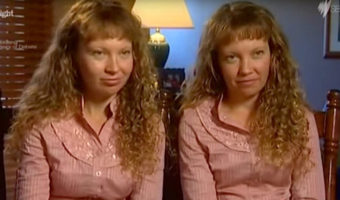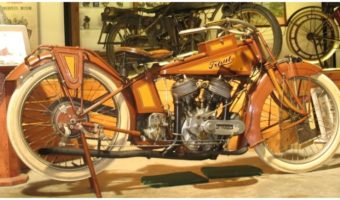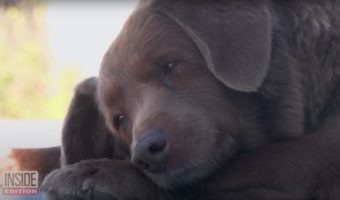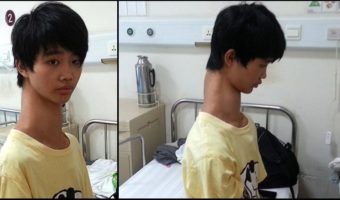Why Do Some Cows Have Holes Drilled in Their Stomach?
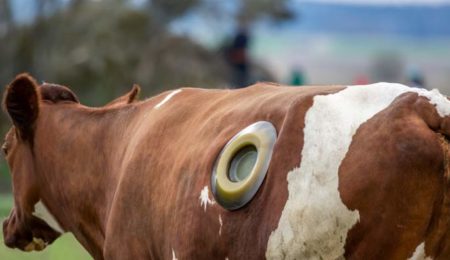
Cows that have holes drilled in their stomach are known as “cannulated cows,” and the hole drilled in their stomach is known as a “cannula.” Imagine having access to a cow’s stomach. Call it craving or curiosity, a cannulated cow is a man-made experiment to learn more about what happens in a bovine’s digestive tract and how to maximize its milk output.
A cannula functions as a porthole-like device that allows access to a cow’s rumen (paunch), allowing researchers to study and analyze the digestive system and veterinarians to transfer the contents from one cow’s rumen to another. Arthur Frederick Schalk and R.S. Amadon of the North Dakota Agricultural College were the first to describe the procedure of rumen cannulation in 1928.
Table of Contents
Cannulas are implanted in healthy cows to research cow digestion.
After the cannula has been surgically implanted, the cow grazes for a specified time period before being examined. Farmers then take out the plug and remove the mixture of oats and grass from the cow’s rumen.
This mixture is then collected and tested, and the analysis reveals to researchers and farmers which forages yield the best results from the livestock. Researchers can ascertain the effects of various feeds and processing methods on bovine digestion by examining the chemical composition of a cow’s rumen. Also, the rumen can be examined to determine the nutritional value of the particular grasses that cows are grazing on.
Cannulated cows help in the treatment of sick cows.
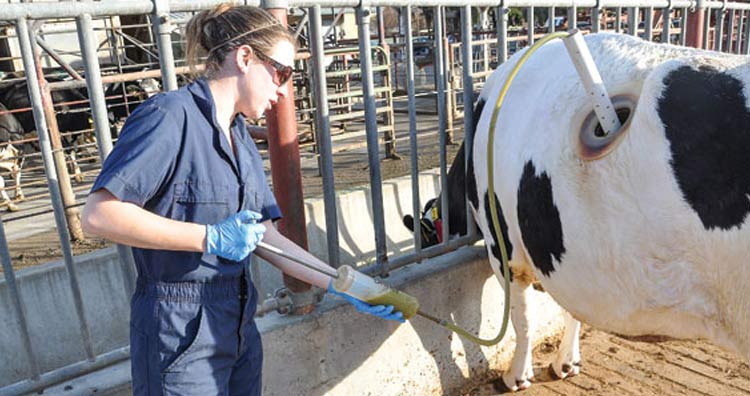
The overall health of a cow is very much directed by how healthy the rumen gut bugs, called “microflora,†are. A sick cow’s microflora/microbes may die, which would ruin its digestive system. It can be challenging to grow those digestive bugs again sometimes. A cannulated cow can be useful in this situation. Thus, a healthy cannulated cow acts as a donor among cattle, providing healthy bacteria for the healing of sick cows.
A porthole is placed into the side of the body of a cannulated cow to retrieve rumen bugs for the treatment of sick cows. The microbes are extracted from the healthy cow’s body through the cannula. Then, the rumen fluid and microbes are transferred to the sick cow’s body. This is called ‘transfaunation.” You force-feed the sick cow the microbes using an orogastric tube (an orogastric tube is inserted to enhance respiration, reduce intestinal distention, prevent vomiting and aspiration, and promote visceral reduction), then wait a few days to check whether its appetite has returned. Monitoring the sick cow’s manure also helps in knowing how her gastrointestinal tract is improving.
There is no risk of this surgery, and the hole does not affect the cow’s lifespan.
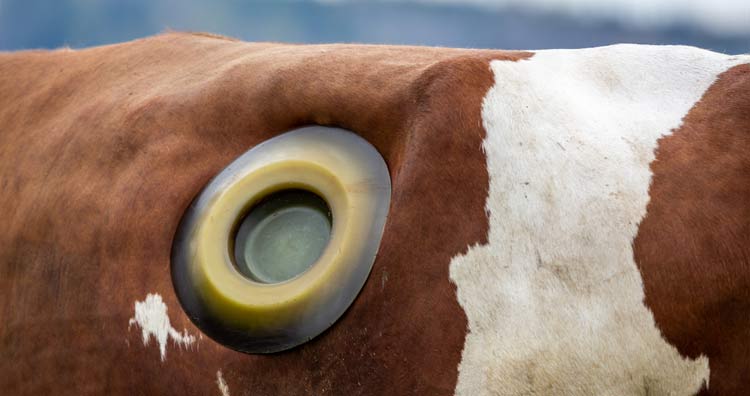
Using local anesthesia, the rumen is surgically affixed to the skin and body wall. The surgery is performed while the cow is standing. The cows are anesthetized before the procedure, which lasts approximately an hour, and they don’t feel any pain. Cows have four stomach compartments, the largest of which is the rumen, where the majority of the animal’s digestion takes place.
A cannula, basically a tube made of thick, durable plastic, is inserted to keep the surgically formed opening between the rumen and the skin while keeping it sealed. For easy access, a removable cap is included. After healing is complete in about four to six weeks, a brand new fistulated cow is ready to save lives.
The rumen which is stitched to the lining of the body allows researchers to investigate the stomach contents and examine the cow’s digestive processes. Animal activists from various countries have condemned the farming method. However, some who support the treatment claim that it has helped many cows enjoy healthy lives for up to 12 to 15 years. Cannulated cows’ ability to function as normal cows is not affected. In fact, they can produce milk, and their digestive systems are not impeded in any way. Their own lifespan lengthens, and transfaunation aids in the recovery of other sick and dying animals.
Cannulation helps in reducing greenhouse gas effects.
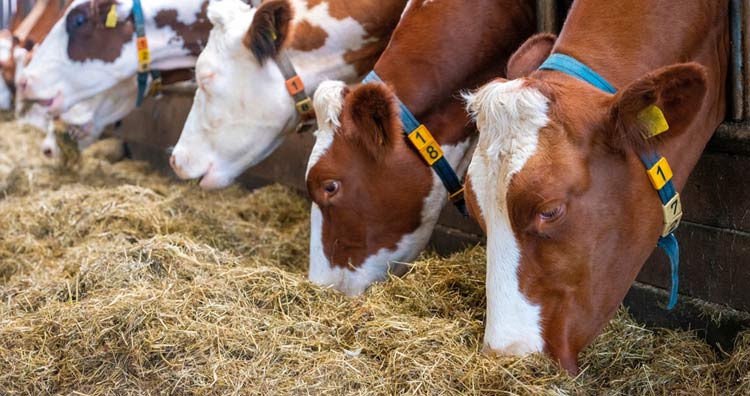
According to Jamie Newbold, Academic Director of Scotland’s Rural College, examining the stomachs of cows is crucial if we are to maximize food output and minimize greenhouse gases. Mr. Newbold stated that cannulation provides direct access to the rumen, or stomach, of the cow “…so individuals can pull out samples.”
The purpose is to improve the digestive health of millions of animals, minimize the usage of antibiotics, and lower the nitrate and methane emissions associated with cattle farming.
Animal protection organizations consider cannulation cruelty.
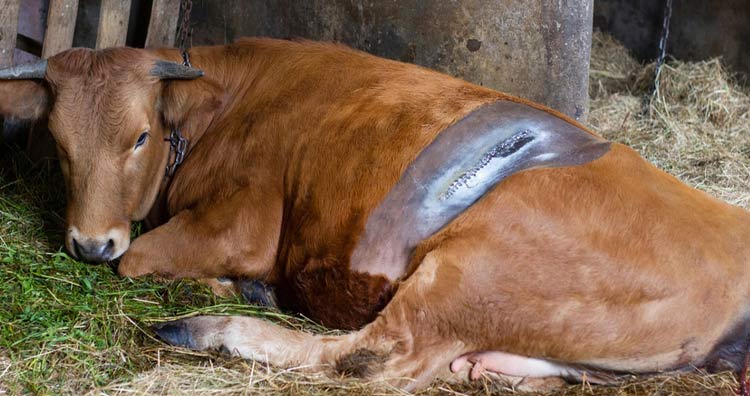
According to animal protection organizations such as PETA, cannulating causes major mutilation to the cow and is an extremely unethical practice. Fistulated cows’ stomachs contain microbes that are investigated and occasionally transmitted to other animals. While some contend that this transfer can enhance cow health, the method appears to primarily serve the interests of the dairy and meat sectors, maximizing nutrition and digestion for animals that will ultimately be abused and slaughtered. That is, farmers can observe the contents of the animals’ stomachs and use their findings to extract the most milk and meat possible from the cows, which are ultimately abused and slaughtered.
The suffering continues outside of the industrial farm as well. Moreover, cannulated cows are often on display at events like veterinary school recruitment fairs or even high school activities! Participants are even encouraged to reach through the hole as if the cow were an inanimate object rather than a conscious living thing. Unfortunately, animals used in agricultural trials are not covered by the federal Animal Welfare Act, which is the only regulation that safeguards animals used in research. As a result, these cows are not legally protected from abuse.














